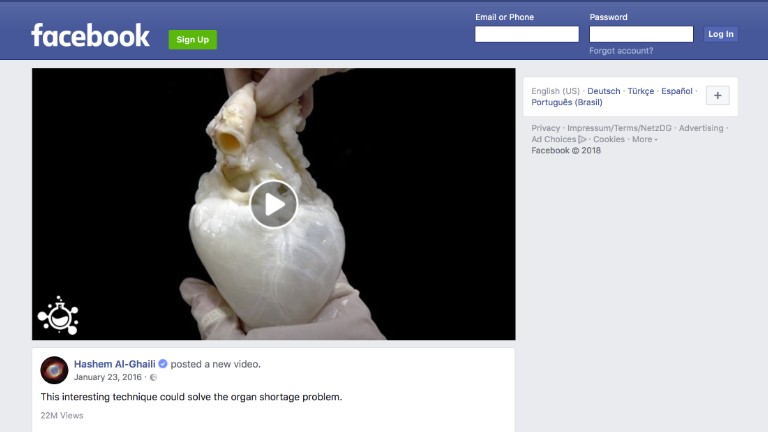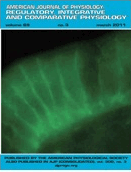
We are very pleased to announce that Dr. Panagiotis Fikatas' project “Device for ready-prepared surgical knots” was selected for both, funding and mentorship.
SPARK was created to overcome the hurdles associated with translating academic discoveries into therapeutics and diagnostics that address unmet medical needs. The SPARK mission is to help academics overcome the obstacles involved in moving their early discoveries from bench to bedside, to educate faculty, postdoctoral fellows and graduate students on the translational research process and path to clinical application, so that development of promising discoveries becomes second nature to our institution, and to develop more cost-effective and innovative approaches to drug development .
Congratulations!





